No matter how wholesome or sheltered you are, chances are you’ve seen or heard the abbreviation ‘wtf’. If seeing it here makes you uneasy, read on! I won’t share what is probably the original and most widely-used version (even though many of us have likely asked ourselves a similar question for several weeks now).
A few yeas ago my good friend in the faith, David, asked me a very serious question: “You know what that really stands for, don’t you?” Of course I do. Smirking he said, “Well That’s Fabulous”. I liked it, lol’d, and have used it ever since. It also works better as an article title than Haircuts, Face-masks, Unused Razors, Isolation, Leadership, and Politics.
But since you brought it up, let’s talk about those things.
It’s not lost on anyone that this worldwide pandemic has altered life and is unlike anything we’ve known this generation. Which is perhaps why it’s so disheartening to see how quickly business leaders, politicians, and others have moved from respect, understanding and cooperation to grandstanding, spewing rhetoric, imagining their own expertise, and jockeying for political advantage. There was much promise initially…an opportunity to come together for the good of humanity. But like other catastrophic events that only temporarily unite us, the goodness and spirit of unity left quickly. The honeymoon is over, and we’ve predictably devolved into finger-pointing and politics-as-usual.
But there are bright spots. What has been encouraging are widespread examples of ordinary people doing extraordinary things. Not just frontline workers battling in the trenches, but everyday people finding creative ways to encourage, teach, learn, give, and otherwise make the best of a horrible situation.
Speaking of horrible situations, even if I had two bits, I can’t get a shave and a haircut right now. Not good for a career high-and-tight guy. So I’ve been cutting my own! While it’s no Jerry’s Barbershop masterpiece, it’s not Bob’s Bowl-cut Special, either. Besides, I can always wear a hat until Mark is able to get behind his chair again. Now about that shave…
The start of a fresh month, coupled with being off-the-hook from shaving everyday, gave rise to April’s Stay-At-Home ‘Stache contest with family, friends, and colleagues. The last time I organized a similar activity (Mustache March a few years ago), my daughter nearly disowned me. I think her words were: “Dad, no. You need to shave that off. Never do that again!”
It has been a hoot seeing the creativity of some, the uncooperative genetics of others, and the generosity of all through this frivolous distraction. With judging less than a week away, it’s already the longest I’ve gone without shaving since I joined the military at age 18. Most importantly, over $1000 has been raised to help a hurting family.
Then there’s people like Mike, mentioned last time, who created a website dedicated to positive, educational, entertaining content. He and his family didn’t stop there. They began making cloth face coverings in their home to give people in their community and beyond. Ours arrived in the mail just days after he told me about it. He later sent me a picture of his 93-year-old neighbor, another recipient of the Brady family’s generosity. They even decorated a thank you tree! Reminds me of some other unselfish friends living in south Florida. The world is a better place because of people like them who use their resources to put others first.
Now more than ever leaders, politicians, and citizens alike need to take Theodore Roosevelt’s similar advice to do the best they can, with what they have, where they are. Small businesses are crumbling, along with the life-savings, heart, and soul many poured into them. People are feeling helpless, lonely, and scared. They are hurting, sick, and dying.
This is an unprecedented crisis. Because it is unprecedented, no one person, organization, or government has all the answers or knows a single best solution. It’s time for leaders to be leaders and focus on cooperatively serving others, instead of themselves or their ambitions. Another good friend dropped this brief video gem on the subject recently.
It would be most encouraging if everyone – elected, appointed, and citizen alike, would just stop. Stop wasting time blaming other levels of government or political parties; stop trying to advance their own political or personal agenda; stop arguing about who should have done what and when; stop trying to make others believe you’ve somehow become an overnight expert on infectious disease, economics, supply chains, business, or politics. And start being more caring, compassionate, cooperative, humble, and kind human beings.
I love the heartwarming stories on television and social media. They give me hope that all the junk above will ultimately be consumed by the goodness of human spirit. I encourage you to use this unique and challenging time to pray more, read more, love more, lead more. Serve others, build your faith, strengthen your body, grow closer to friends and family, and renew your mind.
And cut your hair.
Get Strong. Be Strong. Stay Strong.
“Set you mind on things above, not on earthly things.” – Colossians 3.2


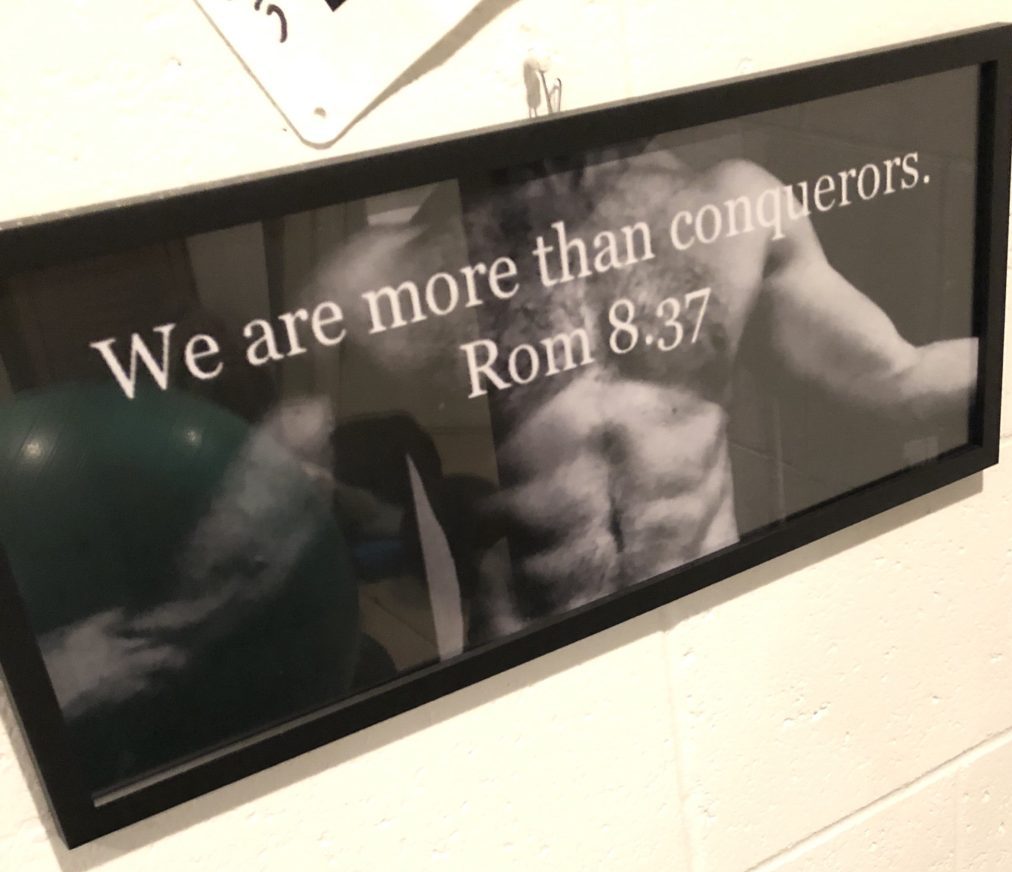





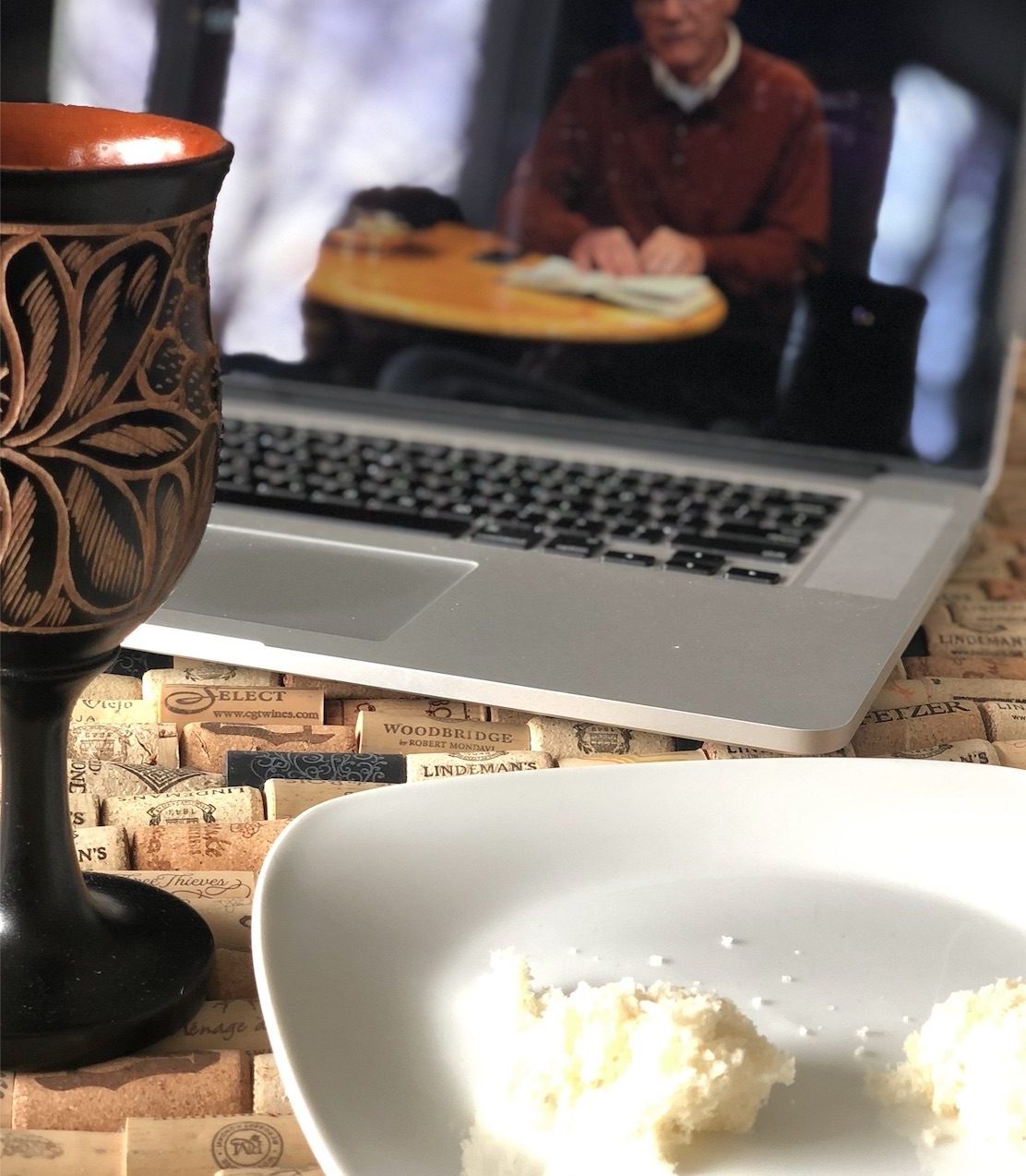
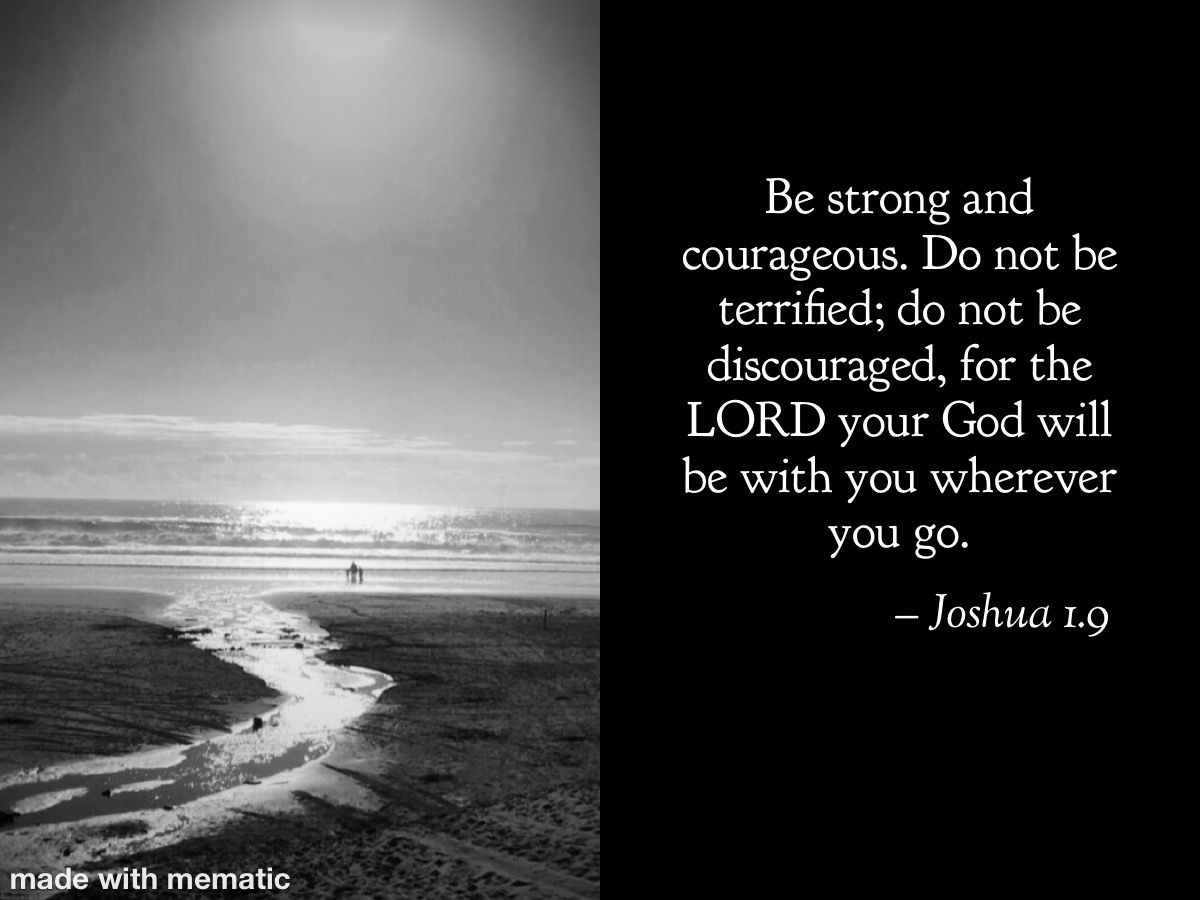
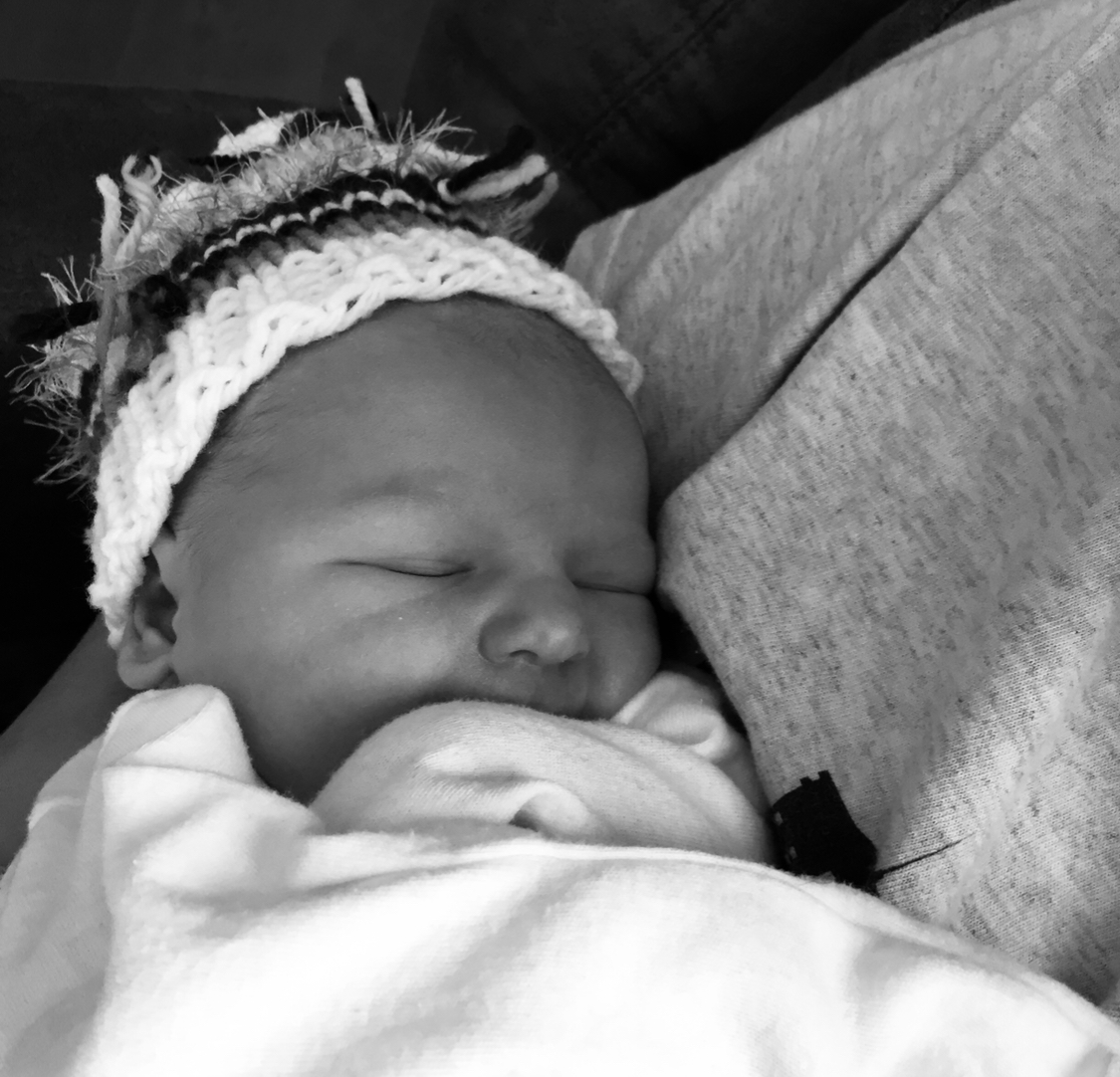






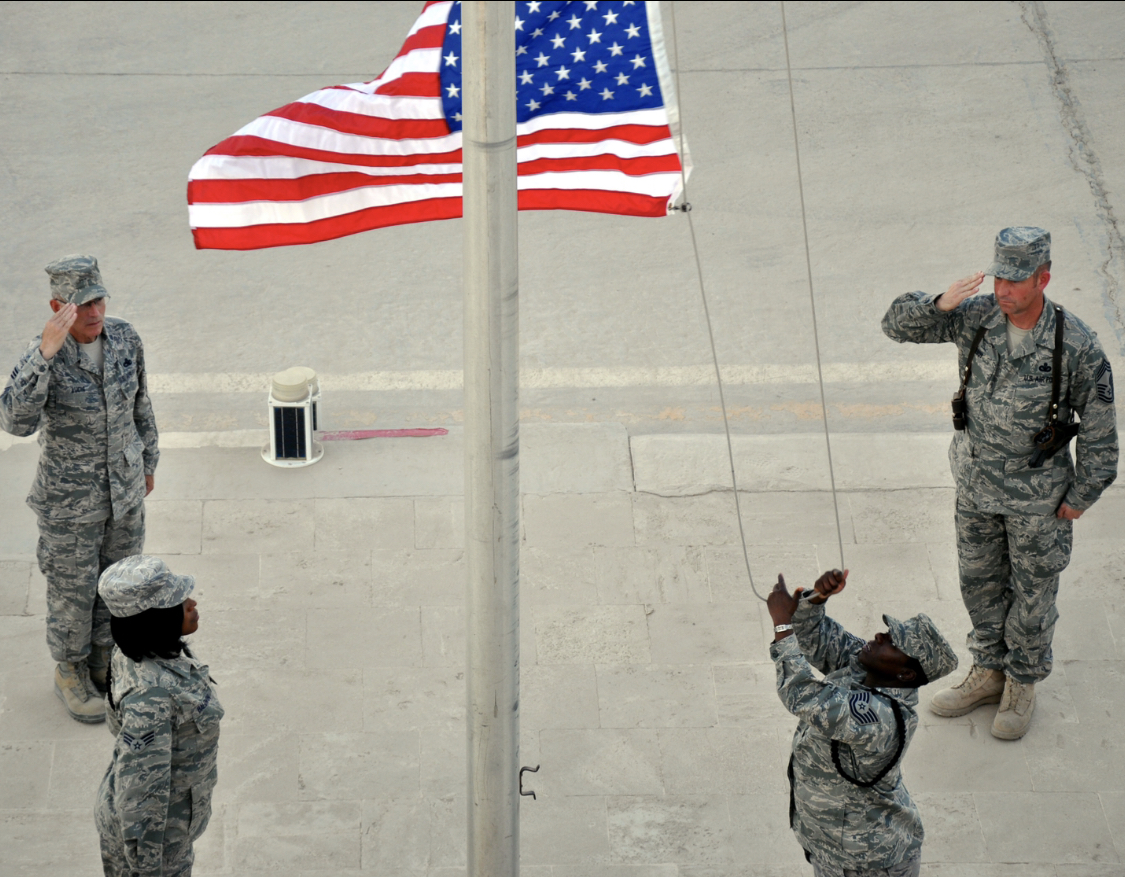








 Through faith, prayers, amazing staff, rigorous physical and speech therapy, and his incredible resilience, he finally started to look at people, move his lips, and comprehend things again. He gradually improved, spending many months in a wheelchair, followed by a walker (neither of which he uses today). Through God’s amazing healing power, tremendous medical care, his incredible strength, and the loving support of many, he eventually went home. In June 2007, my nephew graduated with honors from high school and later from Michigan Career & Technical Institute.
Through faith, prayers, amazing staff, rigorous physical and speech therapy, and his incredible resilience, he finally started to look at people, move his lips, and comprehend things again. He gradually improved, spending many months in a wheelchair, followed by a walker (neither of which he uses today). Through God’s amazing healing power, tremendous medical care, his incredible strength, and the loving support of many, he eventually went home. In June 2007, my nephew graduated with honors from high school and later from Michigan Career & Technical Institute.
 My nephew’s life has been a case study in both the strength to endure and the strength to overcome mentioned above. He continues to be one of the strongest people I know.
My nephew’s life has been a case study in both the strength to endure and the strength to overcome mentioned above. He continues to be one of the strongest people I know.